How to Get a Solid ROI on Your Training Investments Five Don’t & Nine Do’s
By Michael J Griffin
5 minute read
Recently, the major shareholder of a large billion dollar joint venture in Indonesia ranted on how their training investment is not getting the desired results in increased productivity and revenue. “Blame the consultant” is a very familiar way to pass on the blame, but training is rarely the top root cause of poor productivity in an organization. Let’s first look at some of the possible causes of training not delivering the results, and later, my insights on how your organization can get a much better ROI on your training investment.
Tick the Box. This is the most common reason is where the HR or Training department is directed by seniors to source vendors for a perceived skill gap. This can be a real problem if HR/Training department does not understand the company strategies and goals that are linked to improving this skill gap and HR is treated as “doers” who can tick the box to let the “gods in heaven” know they sourced the cheapest price vendor to save money for their organization. HR that just “checks the box” is a big waster of your training funds.
Who is the Project Champion? This is a problem when there is no senior line manager who will champion the culture or skill changes needed through training and process improvement. Rarely does the training department have the organizational status and power to drive organizational change. For example, if selling skills are needed, then the CEO or Sales Director should be the “champion.”
Just Microwave the Skills. Skill change and competence does not happen in a two day training workshop. Many leaders have the unrealistic expectation that if their people attend a two day training – Voila! – they become excellent coaches, excellent salespeople, etc.
Good Training Outcomes but No “On the Job” Reinforcement. The training provider usually can deliver a workshop that the participants’ feedback shows they enjoyed and learned the skills in the program. More importantly, how will be skills be reinforced back on the job?
Direct Supervisors are “In the Dark.” Research demonstrates that the trainee/workshop participant’s direct supervisor involvement before the training and after the workshop is over has the biggest impact on participant skill improvement. Rarely is the supervisor involved in making the training a success for the participant and the team.
Let’s now identify some simple yet effective ways to get a much better return on your organization’s training investment. Use these ideas as a “checklist” the next time you source a training provider.
Focus on the training provider content, process, and skill outcomes first, price or investment last. Get referrals and proof of successful skill change. You may even ask for a training performance guarantee.
Use the Kirkpatrick Model of measuring training success to clarify mutually agreeable outcomes for any training event. At least get mutually agreeable outcomes for the first three Kirkpatrick levels of training success.
Do not delegate any Skill or Culture Change to be driven by the Training Department. In my +30 years of training and consulting, I have not seen the training department lead a successful change initiative. Make sure the senior leader/line manager most affected by this training buys in and agrees to being an active “Project Champion.”
Don’t “Microwave” but “Crock Pot” the Skill Change to Get Real Results. I strongly believe every skill, process or attitudinal training should have follow on reinforcement for at least three months. Resist the quick fix your manager desire and education to be a crock pot coach!
Put a Manager Support Process in Place. The training participant’s direct supervisors should be part of this MSP: a skill outcome briefing, commitment and tools to coach the participants after the workshop, a three month plan with milestones for this MSP to be carried out back on the job. Make the supervisor partially responsible for skill transfer and competence of his/her team members.
Set up a “Training Gym.” Using AI tools, set up “training gym” where participants must practice their skills with AI generated personas that model real life situations. Practicing in the “training gym” can also generate unbiased scoring on skill use and clearly identify skill gaps for relearning or skill coaching saving training money and protecting the initial workshop investment.
Prevent Garbage In Garbage Out. Best to invest training funds on training employees that have passed probation or exhibit the potential and attitude to grow to be more successful. Also get respectful feedback from the trainer on participants who may not do well in their current job: for example, the participant who struggled in class to master selling skills.
Only Work with Training Providers who “Go the Extra Mile” to exceed training success outcomes and expectations. When I say this, the trainer is motivated to exceed in the workshop outcomes, and be a “servant leader” to support the Project Champion and Training Department on getting on the job results after the training workshop.
Hire or Promote a Successful Line Manager to Lead Your HR Department. This looks like a risk, but if presented as a “way to the top” in the organization, it pays big dividends in getting buy in to training and on the job reinforcement by HR internal customers who are usually line managers that can respect this unique HR leader.
I hope you found this blog insightful to get a much better return on your organization’s training investments. I have many real life customer examples of how we have helped organizations get a better ROI that leads to growing your employees to be successful in their jobs. Call me if you need help!
Michael J Griffin
CEO & Founder of ELAvate
Training Gym Coach
Thrives on Getting Training ROI!
griffin.michael@elavateglobal.com
+65-91194008 (WhatsApp)

